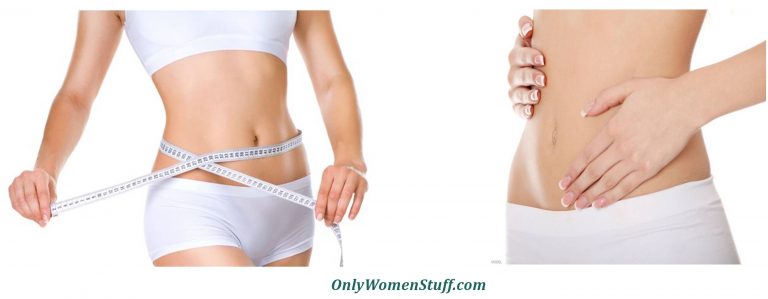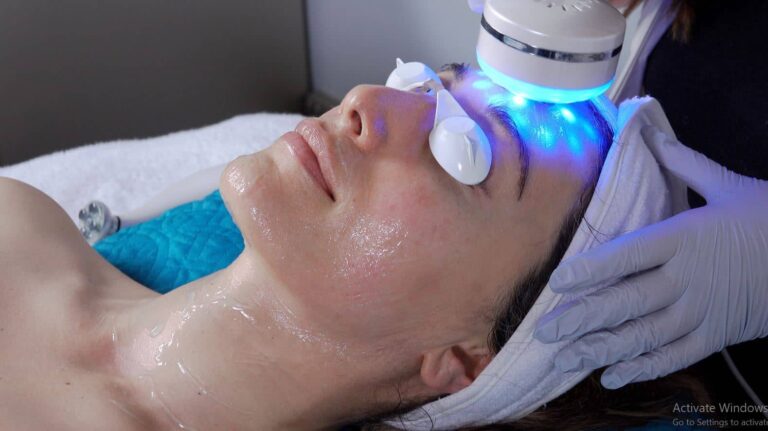11 Expert Tips For Acne-Prone Skin
Acne is a non-contagious skin condition that occurs when hair follicles become clogged with sebum (oil) and dead skin cells. It’s characterized by uninflamed blackheads, pimples with pus, or by big red and tender bulges that appear on the face, chest, neck, shoulders, and upper back.
Acne can range from mild to severe; with severe cases requiring medical attention. If not dealt with at onset, it can create other problems like breakouts and scarring which can negatively impact your life.

Acne affects all genders and each case is dealt with on an individual basis depending on the underlying factors. Your condition may be due to hormones, age, reaction to medication, hereditary, or lifestyle. Your skincare specialists will ask for information that will help them prescribe the best way to deal with your case. You can visit roccoco.com who offers online diagnosis and solutions for acne prone skin.
Getting rid of acne may seem like an uphill task, especially if you break out easily. But that does not mean it’s beyond reach. Using the proper medication and following simple skincare routines can turn the situation around.
Below are some expert tips that you may apply to get rid of acne:
1. Wash Twice Daily And After Sweating:
Washing your skin twice a day should top the list of your skincare routine. This should be done consistently because our bodies produce sweat which opens up our skin pores. Open pores receive anything present on the surface of the skin. Washing your skin daily gets rid of germs and may improve your condition.
Keep wet wipes near as they will come in handy on days that you’re too tired to wash your face after a long day.
2. Identify The Right Cleanser:
Cleansers are a necessary part of any skincare routine. You should note, though, that different cleansers work for different skin types. If you’re not careful, you may end up irritating your skin with the wrong cleanser. If your skin is sensitive, you should avoid cleansers with strong ingredients. If your skin is oily, choose products that contain ingredients like benzoyl peroxide or salicylic acid.
3. Tone Down On Exfoliation:
Exfoliation (scrubbing) leaves skin soft and squeaky clean. You may be tempted to exfoliate more frequently than recommended because of this. Overdoing it will irritate your skin and cause inflammation. Over-scrubbing can also cause pimples to become open wounds which in turn might cause scarring.
4. Change Towels And Beddings Regularly:
Towels and beddings come into contact with your skin almost on a daily basis. They can be a breeding ground for germs if not regularly changed. Using the same beddings or towel for long periods can cause a break out or make your acne worse. Invest in enough beddings and towels so that you can regularly change them.
5. Use A Moisturizer:
Towels and beddings come into contact with your skin almost daily. They can be a breeding ground for germs if not regularly changed. Using the same beddings or towel for long periods can cause a breakout or make your acne worse. Invest in enough beddings and towels so that you can regularly change them.
6. Apply Sunscreen:
The use of sunscreen cannot be over-emphasized. Sunscreen will protect your skin from further damage, sunburn, and premature aging. When choosing a sunscreen, look for one that is oil-free and has noncomedogenic (pore-clogging) ingredients.
7. Use Your Fingertips:
When washing or applying anything on your skin, especially your face, use your fingertips. Don’t use abrasive meshes or face towels on your face. Use your fingertips when applying a product. Apart from being a gentle way of dealing with your face, using your fingertips encourages blood flow. Pat your face dry instead of wiping.
8. Be Careful With Hair Products:
When purchasing hair products like shampoos, conditioners, or styling gels, check that they don’t contain ingredients that will irritate your skin. When some hair products come into contact with your facial or neck skin, they can cause breakouts. Always keep your hair clean, and if possible, hold it away from areas that can be affected.
9. Stop Picking That Pimple:
A pimple is always tempting to squeeze. And once you start, it’s always hard to stop until all contents are out. An open pimple can transmit bacteria to other parts of the face, which may flare up to full acne.
10. Don’t Touch Your Face:
Our hands harbor germs of every kind because we use them literally for everything. Transferring germs from your hands to your face is easy because the facial skin is soft and exposed. It is one of the fastest ways to get acne. Make a habit of washing your hands regularly and also avoid touching your face as much as possible.
11. Treatment Of Acne:
- Laser Or Light Therapy: Also known as phototherapy, light therapy is a form of treatment used to treat mild to moderate acne conditions. The wavelength of the blue light has antimicrobial effect and kills many kinds of bacteria in the oil gland and pores. The procedure is involving and may require several visits to the doctor before results are seen.
- Chemical Peel: In this method of treatment, chemical peels containing either glycolic acid, salicylic acid or retinoic acid are applied on the affected area. After a specified period of time, as the peel is pulled from the affected area, it comes off with blackheads and whiteheads. This method is used to treat mild acne and improve appearance though repeated applications are needed to see results.
- Corticosteroid Injection: Some types of acne like nodular and cystic can be treated by steroid injections. The lesions are directly injected which results in less pain and rapid improvement. Side effects like thinning of skin and discoloration occur for a short time.
- Drainage and Extractions: Cysts, whiteheads or blackheads that topical applications cannot solve are sometimes popped and their contents extracted using special tools. Even though the technique improves appearance, it may leave scarring which might take time to heal.
Conclusion
With the proper treatment, you can achieve acne-free and blemish-free skin. Remember that treating acne needs patience. Treatment can take a long time, especially when the skin has to undergo cell turnover to expose new skin.
Getting the right treatment that suits you will sometimes involve trial and error because there is no ‘one-size-fits-all’ treatment. You’ll sometimes hit misses and sometimes land on the right product.
Once you find what works for you, be consistent. Don’t stop when you start seeing results and only continue treatment when you see a fresh outbreak. That’ll only throw you into a never-ending cycle. Consistency is the key if you want to see lasting results.






